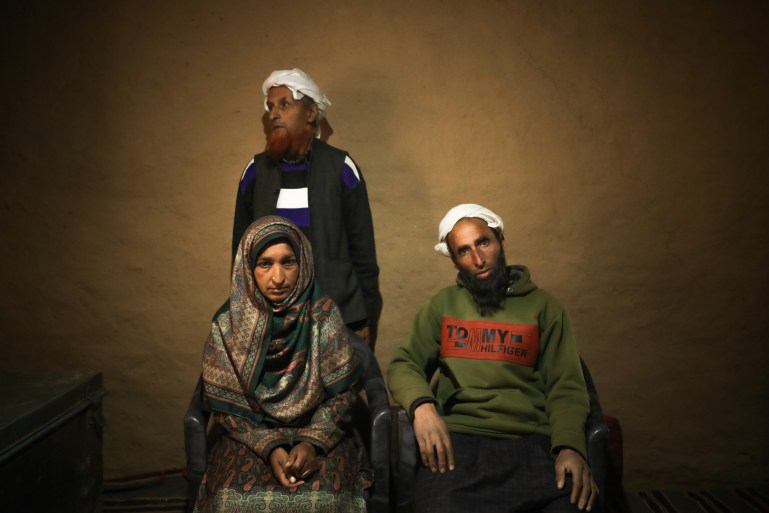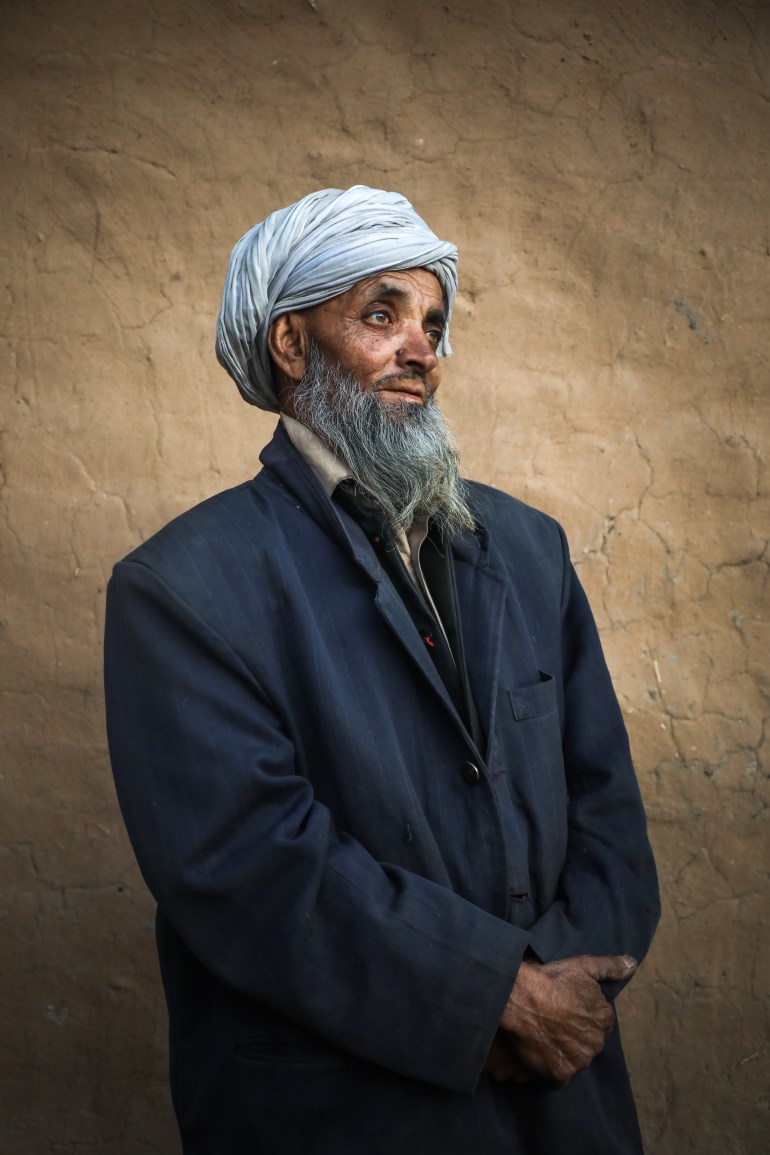Dadkhai, Jammu and Kashmir, India – Dressed in their finest shalwar-kameez and sporting well-trimmed moustaches, a group of men deliberate over the terms of a dowry, as the women prepare halwa with dried fruit and a pot of traditional, salty Kashmiri tea, in the adjacent kitchen.
Thank you for reading this post, don't forget to subscribe!In the modest home of Muhammad Sharief in Dadhkai, a tiny community nestled high in the Himalayan mountains, the two families have gathered to plan the upcoming marriage of Reshma Sharief, 19, and Mukhtar Ahmed, 22.
Muhammad Sharief, 40, the father of the bride, waits patiently as the men continue their discussions. They ultimately agree upon a dowry of $1,200 in cash, plus a few gold ornaments. The elder men murmur prayers as sweet treats are brought out from the kitchen. The home’s rough-cut wooden roof, mud floor and bright walls, coloured in pink and green, hum with the sounds of celebration.
But while the two families have followed all the customary nuptial rules, this marriage will be far from ordinary: Both the bride and groom, like dozens of others in their village, are deaf-mute.

The condition has spanned generations of Dadhkai since the first case was recorded more than a century ago. Whenever a marriage takes place, thoughts inevitably turn towards the day the new couple has children. Even when the parents are not deaf-mute, there is always a fear that their children will be.
“We confront this fear with unwavering faith, bravely pushing it back into the shadows,” says Muhammad Hanief, the village head attending the festivities at the Sharief household.
Throughout the celebration, the bride-to-be remains in the kitchen, adhering to the traditional conservative values of her Gujjar ethnic group. Her fiance attends to the guests, helping to serve food as family members offer their congratulations.

Outside in the courtyard, villager Alam Hussain, an elderly man with a white beard, deep wrinkles and a skinny build, quietly tends to a herd of cattle. At 63, he is among the oldest deaf-mute people in the village, and the only one in his family with the condition.
“I don’t remember how many deaf-mute people there were during my childhood; memory betrays me in my old age,” Hussain says, pointing an index figure to his head while shaking his other hand in the air, conveying his struggle with memory loss.
He communicates through a sign-language interpreter: his neighbour, Shah Muhammad, who treats Hussain with respect and deference, pointing to the high esteem in which elders in this community are held.
But Hussain, who is unmarried, spends much of his time alone. The only work he finds is in the summer, when he takes cattle out to graze. In the past, he says, it was particularly challenging for deaf-mute villagers to find a partner. As the number of people unable to hear or speak has grown over the years, the social landscape in Dadhkai has shifted.

